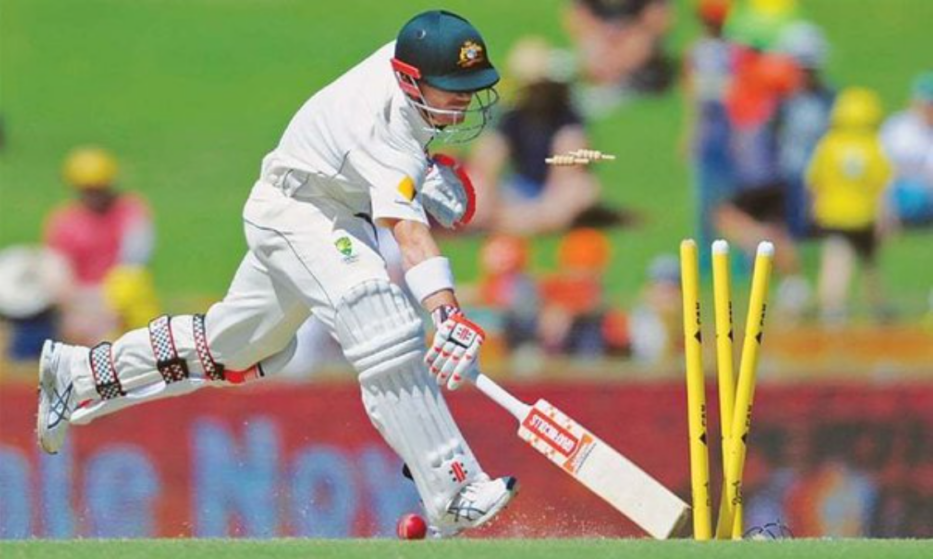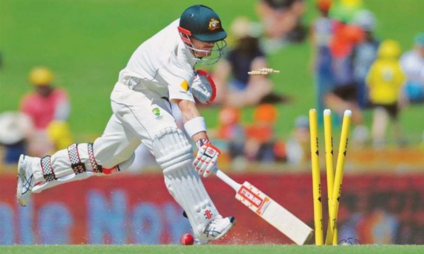

Run scoring is the fundamental playing attribute of cricket. It is done by players wielding the cricket bat who face bowlers that can spin or swing the ball on the stretch of 22 yards. Run scoring is best countered by the fielding side through the wicket-taking ability of bowlers.
Runs can be scored in by the batters in boundaries, through illegal deliveries by the bowler, or by running between the wickets and crossing ends. The latter is the most common mode of run scoring and adds to a significant portion of the team’s eventual total. One of the ways to stop this flow of runs by running between the wickets is by attempting to run the batter out.
In most cases, the dislodgement of at least one bail before the batter crosses the popping crease is considered as a run out. A second attempt for a run out towards wickets that are already broken by dislodged bails can be attempted by uprooting the stumps.
In rare instances does it occur that all three stumps are uprooted while trying to run the batter out. This usually occurs when the fielder or the wicket-keeper dive at the stumps with the ball in hand and crash onto the wickets. During this act, if the ball slips away from the grasp of the fielder, then the batters might attempt a second run due to overthrow. If the fielders wish to inflict a run out at the end where the wickets are already broken, they need to rebuild the broken wicket such that at least one stump and a bail is made. They then need to strike the rebuilt wickets to attempt a run out.
The Marylebone Cricket Club’s laws of cricket has a dedicated law titled ‘The Wicket is Broken’ which explains the above scenario. Section 29.4 of this law suggests that if the wicket is broken, then the fielders can remake the wickets when the ball is in play by (a) replacing a bail or bails on top of the stumps, or (b) putting back one or more stumps into the ground where the wicket originally stood.
Thus, when the ball is in play, a run out can be inflicted even after all three stumps were uprooted in the first attempt of the run out.




